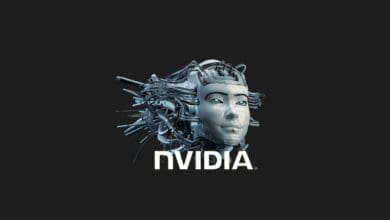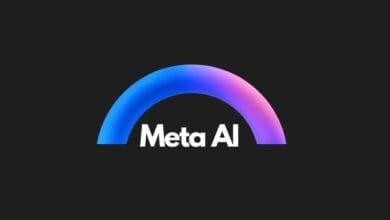Can Artificial Intelligence Learn by Itself?
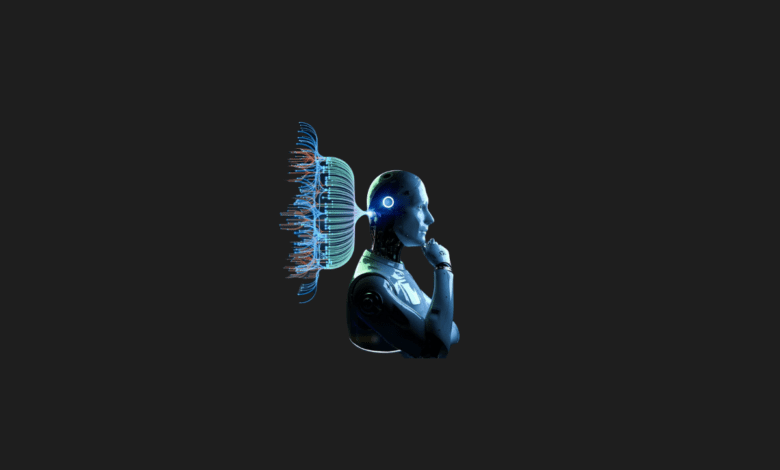
Yes, artificial intelligence can learn by itself, but with caveats. The concept of AI learning on its own primarily revolves around machine learning (ML) and, more specifically, certain subfields of ML. Here’s a breakdown:
Supervised Learning:
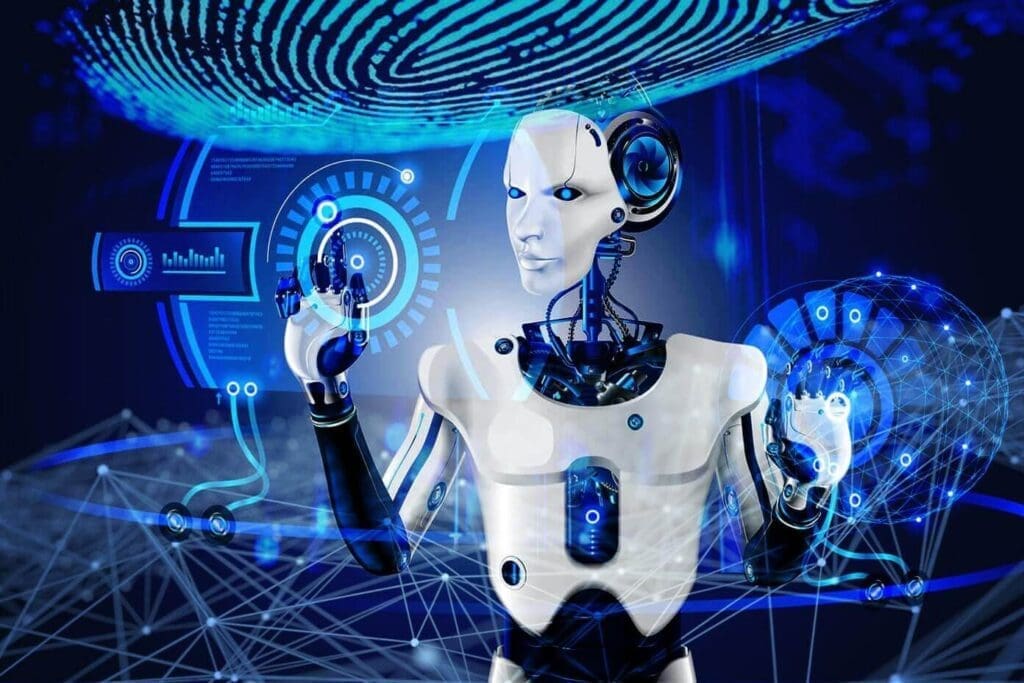
This is the most common ML approach. Here, AI learns from labeled data. For example, to train an AI to recognize cats in photos, you’d provide many images, each labeled as “cat” or “not cat”.
While the AI “learns” from the data, the learning isn’t entirely autonomous since humans provide the labeled examples.
Unsupervised Learning:
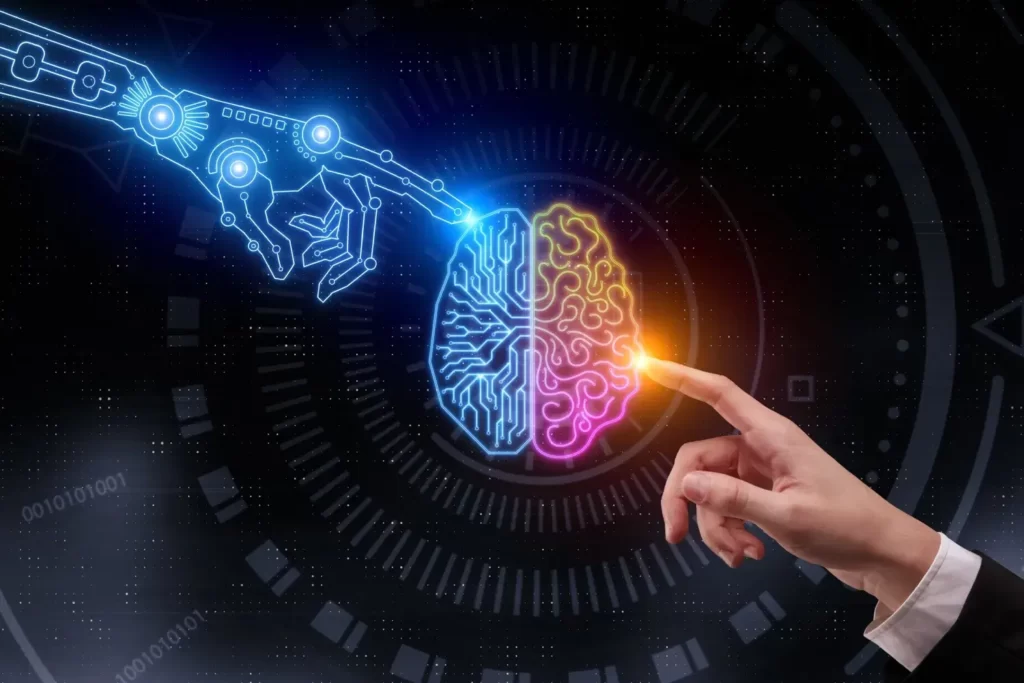
In this approach, AI is given data without explicit labels and learns patterns, structures, or relationships within the data on its own. For example, clustering similar news articles together.
While it’s more autonomous than supervised learning, it often requires human oversight for meaningful interpretation or evaluation of results.
Semi-supervised and Active Learning:

These methods lie between supervised and unsupervised learning. They use a small amount of labeled data combined with a larger pool of unlabeled data. The model might even query a human expert to label instances it finds most ambiguous (active learning).
Reinforcement Learning (RL):
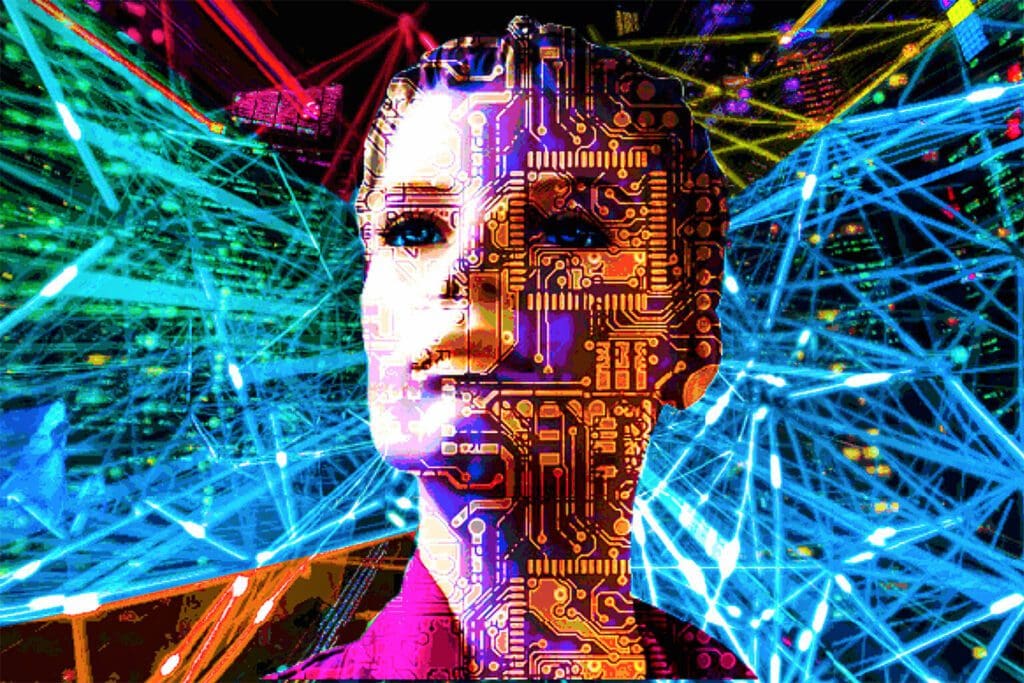
RL algorithms learn by interacting with an environment. They take actions, receive feedback in the form of rewards or penalties, and adjust their strategies accordingly.
The learning process in RL is relatively autonomous, as the algorithm iteratively refines its approach to maximize rewards. However, the reward structure and environment design often come from humans.
Self-supervised Learning:

This is a subset of supervised learning where labels are automatically generated from the input data. For instance, in natural language processing, a segment of text might be used to predict the next word or sentence.
The system learns “by itself” in the sense that it doesn’t require external labeling, but it still relies on patterns inherent in the provided data.
Neural Architecture Search and AutoML:
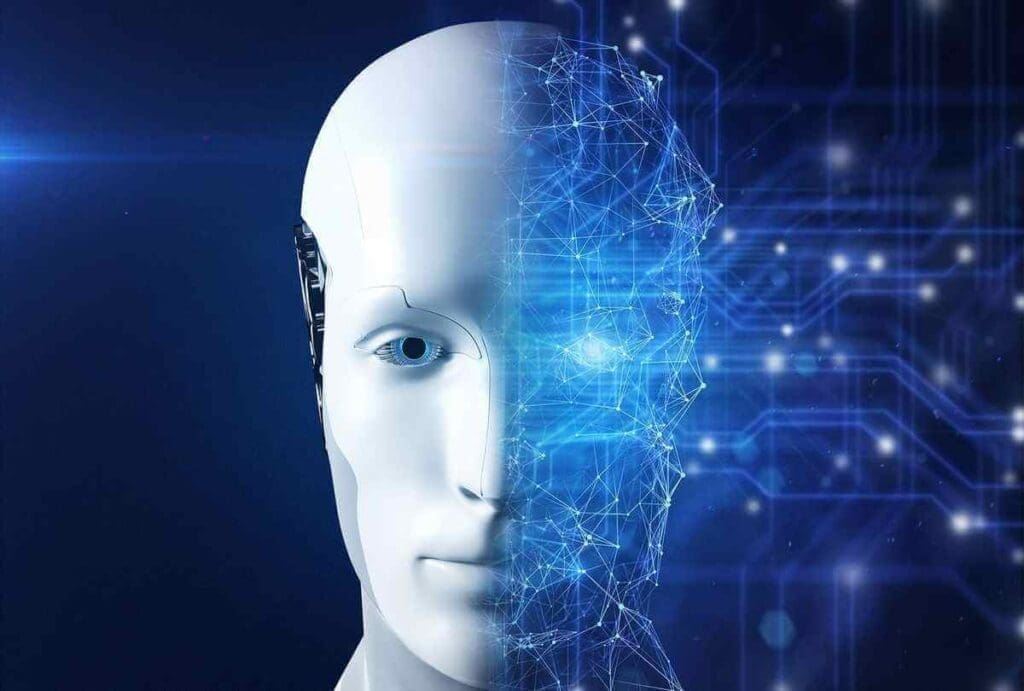
These are advanced techniques where AI systems are used to find optimal model architectures or hyperparameters. In essence, it’s AI creating or refining AI models.
While this seems like AI is learning or evolving autonomously, the overall process and objectives are still guided by human-defined criteria.
Curiosity-driven or Intrinsic Motivation Learning:

Some AI models are designed to seek out novel experiences or information, similar to “curiosity” in living organisms. This can lead the AI to explore and learn more autonomously.
It’s essential to understand that while AI can “learn by itself” in many contexts, its learning is within the confines of the algorithms, architectures, and data provided by humans. There’s no true creativity, intuition, or consciousness in AI as there is in human learning. Even in scenarios where AI seems to be learning autonomously, its foundational algorithms, objectives, and initial data often come from human developers.
You may also like this content
- The End of Chatbots: Why 2026 is the Year of AI Agents (And What It Means for Your Job)
- Would You Choose a Robot Body or a Digital Mind?
- Nano Banana Pro: Free 4K Photo Upscaling Tool
Follow us on TWITTER (X) and be instantly informed about the latest developments…





